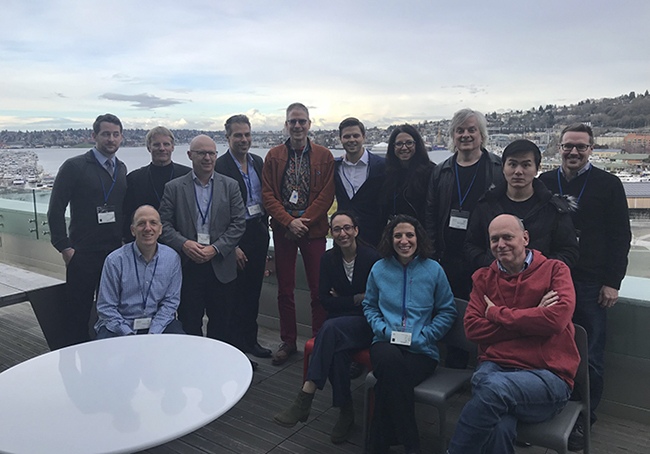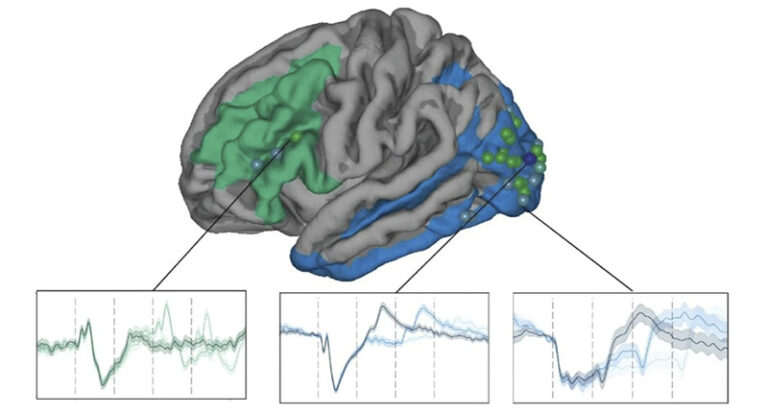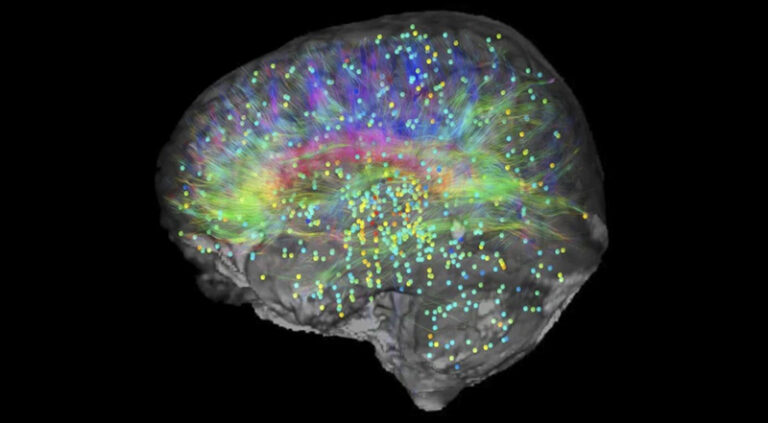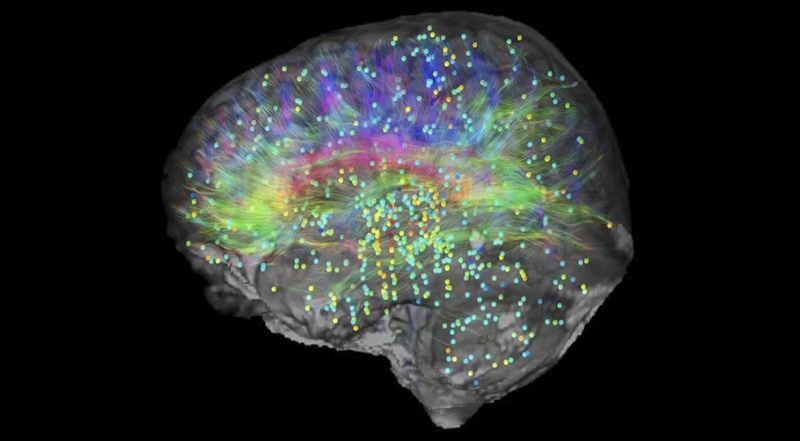
Consciousness Reconsidered: Landmark Study Challenges Theories and Illuminates the Brain's Sensory Core
In a historic neuroscience experiment years in the making, researchers have released groundbreaking findings that reshape our understanding of consciousness. Published in Nature on April 28, 2025, the study evaluates two leading theories, Integrated Information Theory (IIT) and Global Neuronal Workspace Theory (GNWT), through a massive collaborative effort comparing their explanatory power. The results suggest that conscious experience may emerge more from sensory perception than from higher order cognition, with profound implications for both philosophy and medicine.
A Scientific Showdown Years in the Making
The experiment was the product of an innovative adversarial collaboration, a research format in which competing theories are tested side by side under agreed-upon protocols. Launched in 2019 and involving 256 human participants—an unprecedented sample size for this kind of study—the project sought to rigorously test IIT and GNWT through a series of carefully designed visual perception tasks. Participants viewed sequences of high-contrast images, identifying specific targets such as letters or faces while their brain activity was measured using a combination of neuroimaging technologies—functional magnetic resonance imaging (fMRI) to track blood flow, magnetoencephalography (MEG) to measure magnetic fields, and electroencephalography (EEG) to record electrical activity.
Integrated Information Theory, developed by Giulio Tononi, holds that consciousness arises from the degree of information integration within a system. According to IIT, when components of the brain interact in a unified and structured way, consciousness emerges. In contrast, Global Neuronal Workspace Theory, championed by Stanislas Dehaene, posits that consciousness occurs when information is widely broadcast across a network of brain regions, becoming accessible throughout the brain and entering awareness through a sort of spotlighting mechanism.
The experiment did not decisively validate either theory. While some findings hinted at patterns predicted by both frameworks, neither showed overwhelming explanatory power. “No single experiment could conclusively confirm or reject either theory,” said Anil Seth, professor of cognitive and computational neuroscience at the University of Sussex and one of the study’s senior authors. “The theories differ too fundamentally in assumptions and goals, and the tools we have are still too coarse. But the collaboration has brought us much closer to understanding where and when in the brain conscious information can be detected.”
Stanislas Dehaene, a leading proponent of GNWT and director of the Cognitive Neuroimaging Unit at INSERM-CEA, noted, “While our theory predicted some of the observed patterns of frontal-posterior communication, the data revealed more complexity than our current models can fully explain.”

Sensory Regions Take Center Stage
Among the most striking findings was the discovery of robust functional connections between the brain’s early visual processing areas at the back and its frontal regions. These connections suggest that perception and cognition are more deeply intertwined than previously thought. Contrary to long-standing assumptions, the prefrontal cortex—a region associated with decision-making and executive function—may not play the primary role in consciousness.
Instead, the results point to the brain’s posterior sensory regions as central to the richness of our visual experience. The back of the brain appears to be crucial for encoding fine-grained visual details, such as the orientation of objects, while the frontal regions help interpret those inputs in more abstract categories. “Intelligence may be about doing,” said Christof Koch, Ph.D., meritorious investigator at the Allen Institute, “but consciousness is about being.”
Giulio Tononi, creator of IIT and professor at the University of Wisconsin-Madison, observed that “these findings align with our theoretical prediction that consciousness is not confined to higher cognitive functions but is fundamentally tied to the brain’s ability to integrate information across specialized systems.”
Implications for Medicine and Beyond
This deeper understanding of where consciousness arises has far-reaching implications. In the clinical realm, it may transform how physicians assess and treat patients with disorders of consciousness, including coma and vegetative states. The findings may help identify “covert consciousness,” a condition in which patients appear unresponsive but show hidden signs of awareness. Recent data published in the New England Journal of Medicine indicate that such cases may occur in as many as one-quarter of unresponsive patients.
These insights could lead to more accurate diagnoses and potentially, targeted interventions that restore or enhance conscious experience in individuals previously thought to be unreachable.

An Open Science Milestone
This research effort reflects a broader transformation in neuroscience. The experiment emerged from a 2018 workshop at the Allen Institute in Seattle and evolved into a full-scale, open science collaboration. Scientists with differing views came together under shared protocols to challenge their own assumptions and test rival theories on equal footing.
“Adversarial collaboration fits within the Allen Institute’s mission of team science, open science, and big science, in service of one of the most enduring intellectual challenges—understanding the mind-body relationship,” said Koch. “It is a powerful, though underused, model of scientific inquiry.”
Coordinating such a large team across independent laboratories was no small feat. The project demanded extensive cooperation, from harmonizing data protocols to aligning methodologies. Yet the outcome demonstrates the value of collaborative competition in scientific advancement. As Koch noted, “Biomedicine could benefit greatly from more of these ‘friendly rivalries’ that put ideas to the test in shared experimental space.”
Limitations and Future Directions
Despite its impressive scale, the study does have limitations. The research focused primarily on visual consciousness, and findings may not generalize to other sensory modalities or more complex forms of conscious experience. Additionally, the neuroimaging techniques used, while cutting-edge, still provide only approximate measures of neural activity.
“We’re measuring consciousness through a glass darkly,” acknowledged Seth. “Our current technologies can detect correlations between brain activity and conscious experience, but they can’t yet reveal the causal mechanisms with the precision we’d like.”
Future research will need to extend beyond visual processing to explore how consciousness manifests across different sensory domains and cognitive states, including dreams, meditation, and altered states of consciousness.

Looking Ahead
While neither IIT nor GNWT claimed victory, the study’s true success lies in what it revealed: consciousness is not housed solely in the brain’s frontal command centers, nor does it emerge from abstract computation alone. It is deeply rooted in the fabric of perception. By shifting the spotlight to the sensory architecture of the brain, this research opens new directions for science, medicine, and philosophy alike.
As the field moves forward, the lessons from this landmark study will shape not only our theories of mind but the methods we use to test them. The pursuit of consciousness remains a mystery, but with each collaborative step, the mystery becomes a little clearer.
Reference: “Adversarial testing of global neuronal workspace and integrated information theories of consciousness” by the Cogitate Consortium et al., Nature, April 28, 2025. DOI: 10.1038/s41586-025-5888-1
For more information, visit Allen Institute.
